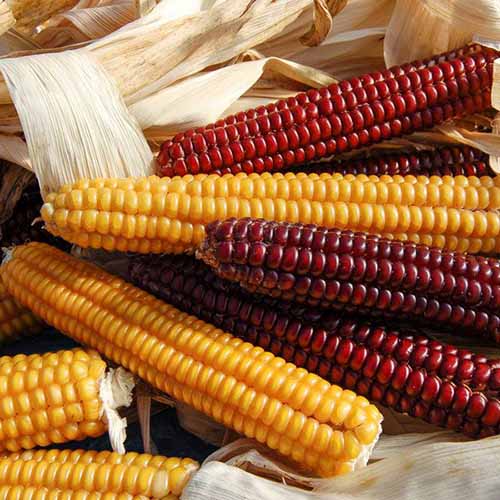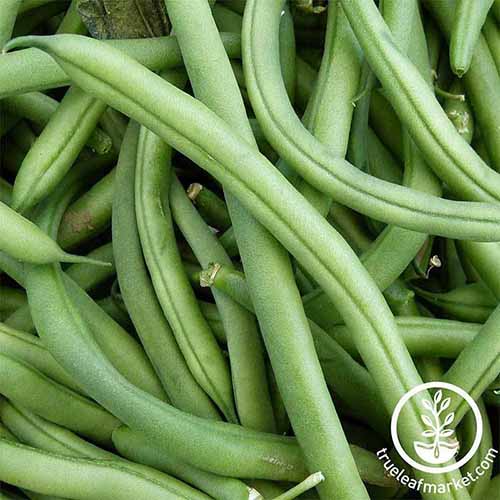
Certainly one of my most gratifying experiences as a gardener has been cultivating a 3 sisters backyard.
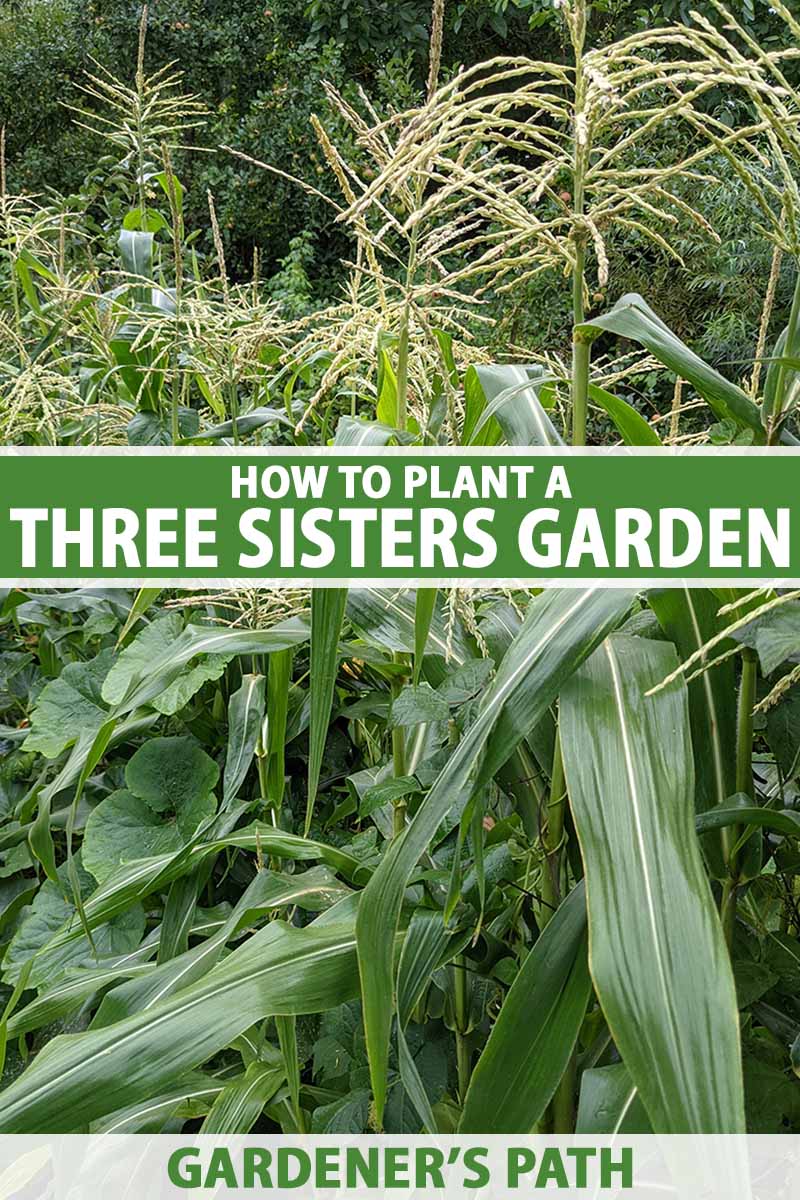
We hyperlink to distributors that will help you discover related merchandise. For those who purchase from one in every of our hyperlinks, we could earn a fee.
The satisfaction is derived not from rising these particular person crops alone, however from mastering the well-known method that permits corn, beans, and squash to thrive collectively in such a harmonious and complementary means.
At the moment, we’ll talk about how rising these crops collectively could be useful. Have a look under on the subjects we will probably be going over:
What Is a Three Sisters Backyard?
No matter the way it could sound, the time period “three sisters” doesn’t seek advice from a bunch of sisters cultivating the land collectively.
The three sisters is an intercropping apply that entails planting corn, beans, and squash on the identical time in the identical rising space.
It symbolizes a harmonious partnership amongst these three crops.
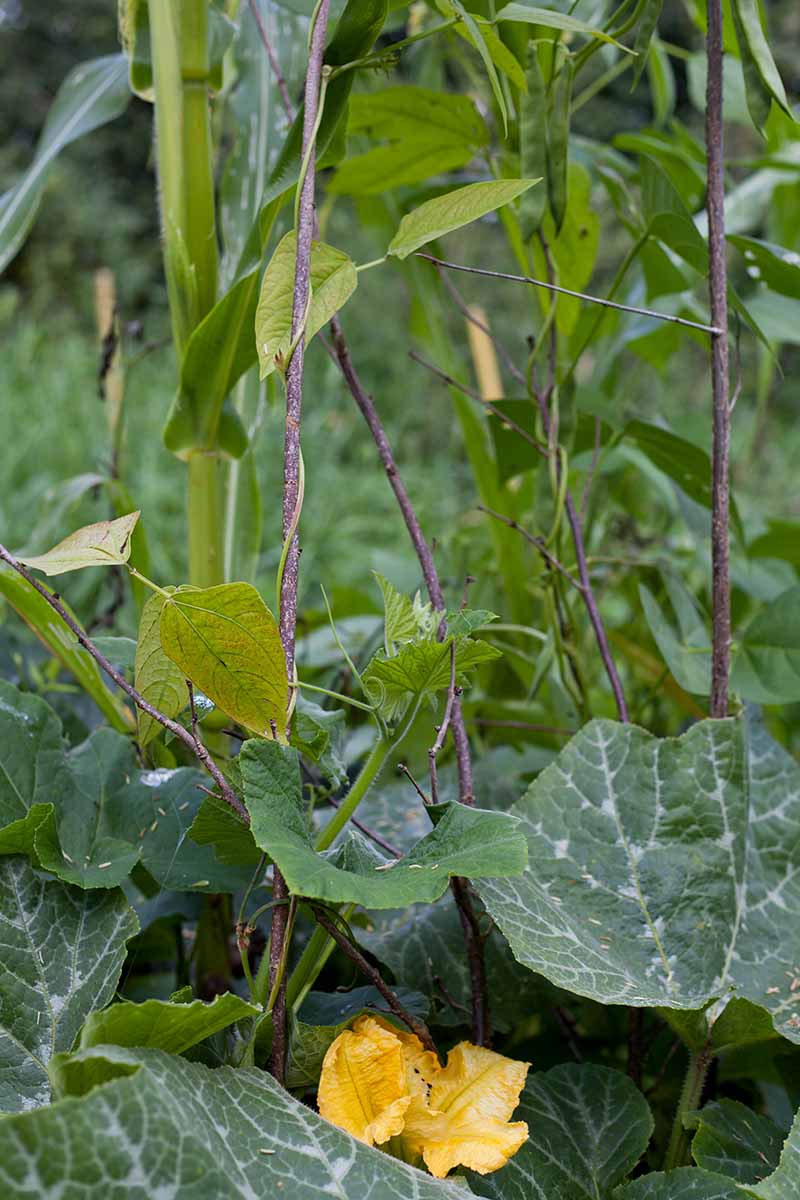
Within the time-honored custom of three sisters gardening, every mutually suitable crop performs a significant function inside the thriving concord of the backyard.
The corn supplies a sturdy pole (stalk) for the beans to climb, making a pure trellis. In return, the pole beans contribute nitrogen to the soil, performing as a pure fertilizer, whereas additionally using the corn stalks for assist.
In the meantime, the sprawling squash crops function a protecting floor cowl, successfully conserving soil moisture, decreasing evaporation, and suppressing weeds.
Moreover, the broad squash leaves present important shading for the soil, serving to to keep up a secure and favorable microclimate for all three crops.
You may learn all concerning the scientifically-backed advantages of companion planting in our information.
Cultivation and Historical past
The three sisters agricultural method is believed to have unfold from Mesoamerica to North America, turning into a widespread apply amongst indigenous Native American tribes.
Nevertheless, there isn’t any particular recognized date for its adoption by these tribes.

This sustainable farming methodology was prevalent amongst varied Indigenous communities, together with the Mandan, Pueblo, Haudenosaunee (Iroquois), Cherokee, and tribes within the Northeast, Southeast, and Midwest areas.
It’s typically related to the Northeastern Woodland tribes, notably the Iroquois Confederacy. The title “The Three Sisters” originates from an Iroquois legend.
Various variations exist, however in line with one such legend, Mom Earth handed away whereas giving beginning to twin boys. Sky Lady buried her daughter within the “new earth.”
From her grave emerged three sacred crops: corn, beans, and squash. These not solely symbolized life and sustenance but additionally served as very important sources of nourishment for generations to return.
These three sister spirits have been generally known as “Diohe’ko,” that means “our sustainers,” and “Kionhekwa,” that means “life-givers.” Based on legend, the “Nice Spirit” gifted these sisters to the folks, resulting in the time period “three sisters plot.”
The Iroquois had been cultivating the “three sisters” for over three centuries by the point European settlers arrived in America within the early 1600s.
Making ready the Planting Space
Prepared to begin your personal three sisters backyard?
Earlier than planting, it’s vital to start with considerate planning and soil preparation.
Begin by conducting a soil take a look at and put together your backyard web site, whether or not that’s by including compost, well-rotted manure, or peat moss to enhance the soil construction and add vitamins.
Clearing the world of grass, weeds, and stones can also be really helpful.
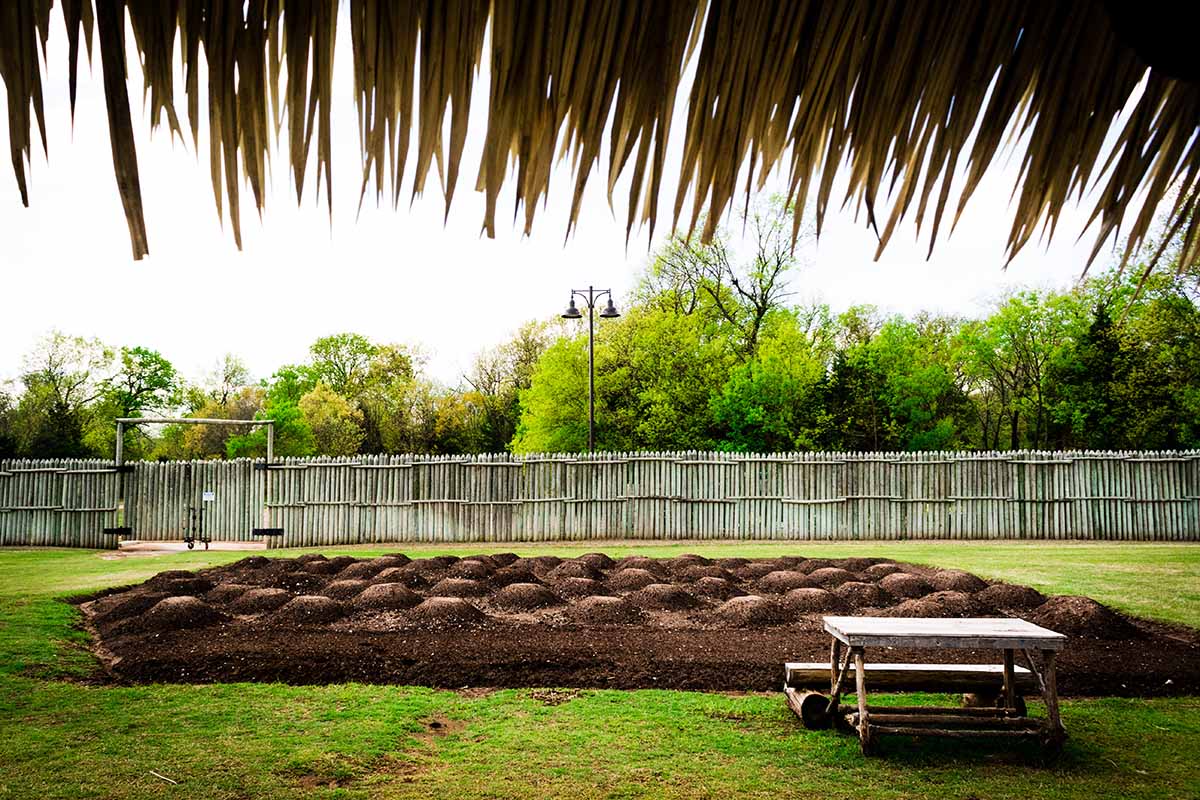
The perfect soil traits for this backyard embrace good drainage, and a loamy texture that mixes sand, silt, and clay. This mixture helps each moisture retention and nutrient availability.
Goal for a barely acidic to impartial pH vary, round 6.0 to 7.0, to accommodate the preferences of corn, beans, and squash.
Now, let’s discuss water. Making certain constant moisture is important to your three sisters backyard’s success.
All through the whole rising season, it’s important to keep up a gradual water provide of a minimum of one inch per week.
This constant watering routine, whether or not from rainfall, automated irrigation, or handbook watering, will assist your backyard thrive all through the whole rising season.
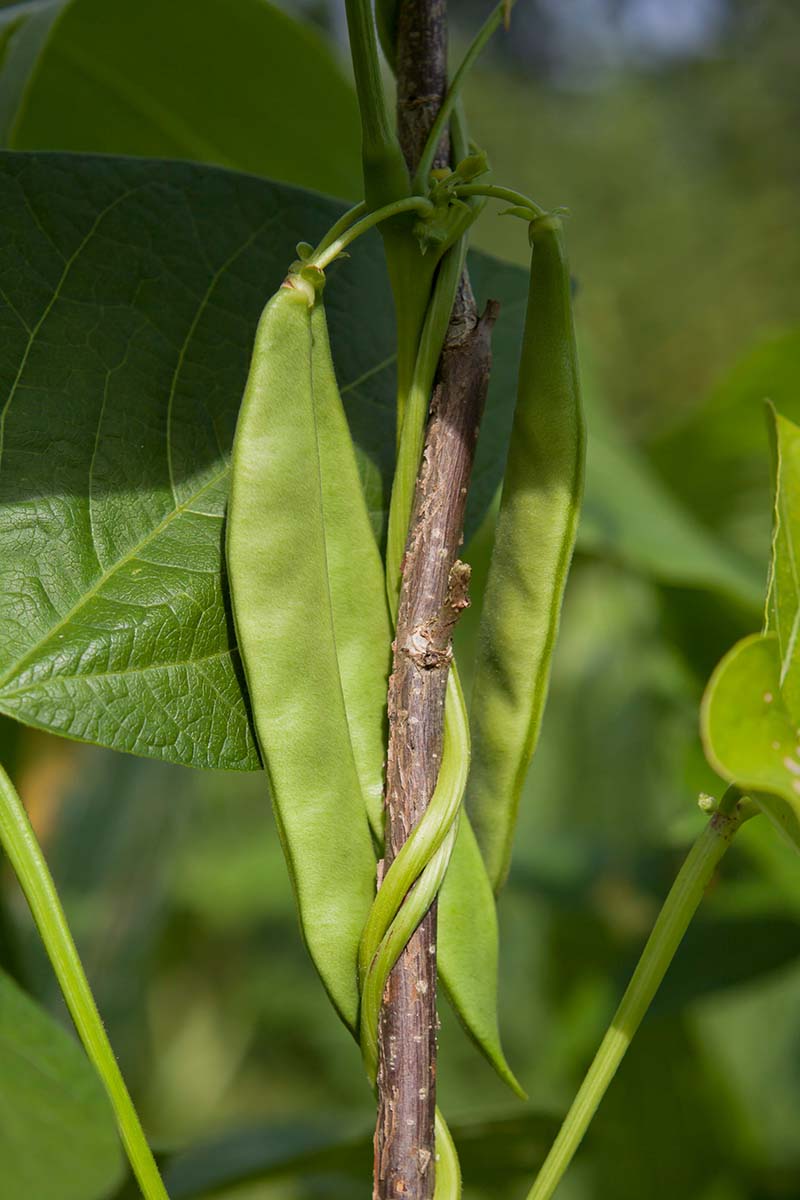
Earlier than we dive into the small print of rising your crops, it’s value mentioning that there are different approaches to cultivating a 3 sisters backyard.
Nevertheless, I’d wish to share the strategy I’ve used, which resulted in a wonderful and thriving backyard.
I’ll admit, I’m a little bit of a lazy gardener. In early spring, reasonably than laboriously turning over the soil and weeding within the space, I opted for a extra lazy however not much less environment friendly strategy.
I strategically laid down cardboard throughout the floor, and to my delight, this methodology seamlessly completed the duty of clearing the undesirable vegetation.
Together with this clearing methodology I ready a mound (we’ll discuss how to do that shortly), and waited to begin rising in late April.
Talking of timing, it’s really helpful to begin planting in late spring to early summer season, after the final frost date in your space. Choose a sunny web site that can obtain six to eight hours of direct daylight.
The three sisters backyard must be began when nighttime temperatures dip no decrease than round 50°F, no later than June.
Based on Haudenosaunee custom, planting commences when the leaves of the dogwood tree have grown to the dimensions of a squirrel’s ear. Fascinating, proper? Utilizing nature’s science.
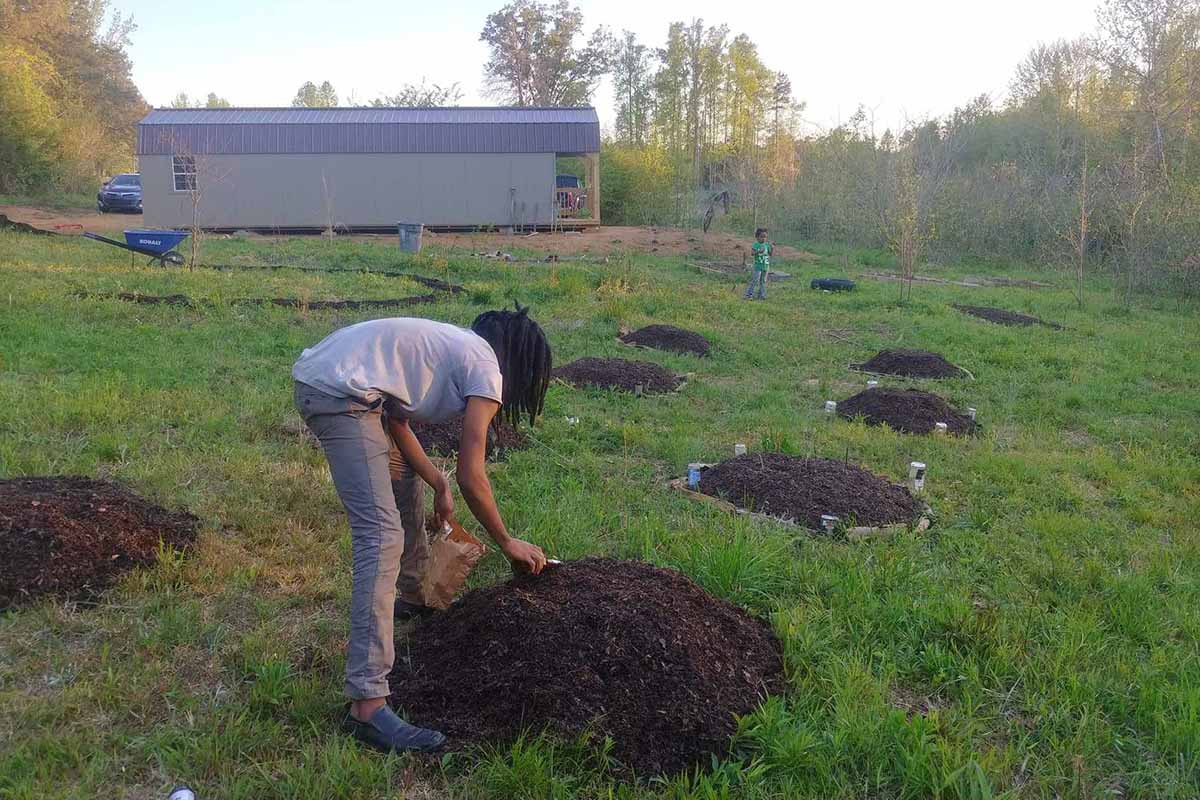
When getting ready your soil, form it right into a raised round mound roughly one foot in peak, with a diameter starting from 18 inches to 3 toes.
My desire was to make use of a combination of 70 % soil and 30 % compost when establishing these mounds.
If you want to create a number of mounds and have the house for them, guarantee a distance of three to 4 toes between every mound in each route.
How one can Develop
Begin by soaking roughly 4 to seven corn seeds in a single day earlier than planting them. Soaking will assist your seeds take in moisture, encouraging germination.
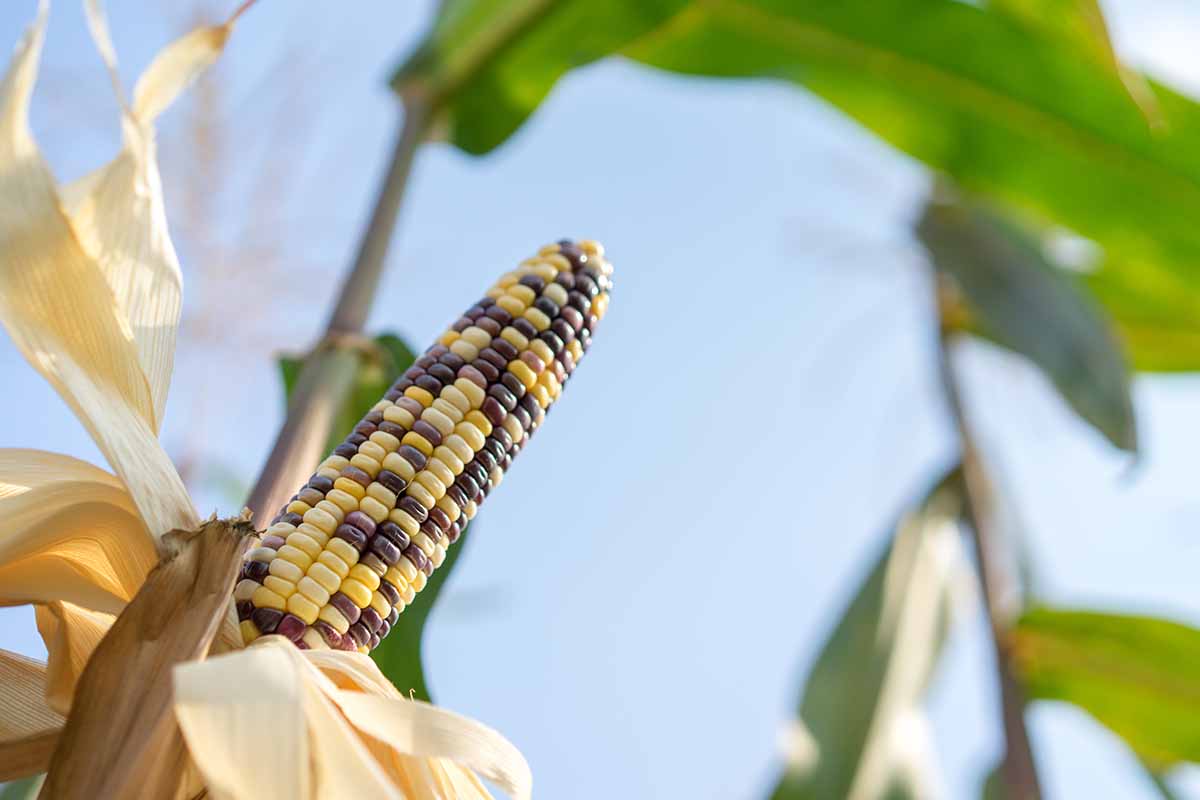
Sow the seeds one inch deep in the midst of the mound, giving them about six inches of house between each. As they develop, you’ll need to skinny them out so that you’ve three or 4 wholesome seedlings per mound.
In Indigenous traditions, planting typically begins with gratitude to the “4 Instructions,” aligning corn seeds with the cardinal factors: north, south, east, and west.
Now, in terms of deciding on your corn, there are many choices on the market.
Gardening consultants at Cornell College recommend going for dent, flint, or flour corn varieties since they work rather well on this setup.
‘Roy’s Calais’ flint corn seed is obtainable from Excessive Mowing Seeds.
This heirloom selection produces kernels in a spread of engaging hues, and seed royalties and a portion of gross sales proceeds go to the Indigenous Seed Keepers Community and the Native American Meals Sovereignty Alliance.
Learn extra about rising corn right here.
After a couple of week or two, as soon as the corn has grown to a peak of a minimum of 4, and as much as six inches, it’s time so as to add some pole beans.
Soak six pole bean seeds in water in a single day, after which plant them in a circle roughly six inches away from the corn, sown one inch deep.
True Leaf Market presents the ‘Blue Lake’ pole selection in a number of bundle dimension choices.
Because the bean seedlings develop, you’ll need to skinny them out, preserving the three or 4 strongest seedlings to make sure a wholesome crop.
Because the bean crops develop, they are going to naturally begin to climb. For those who like, you possibly can encourage them to climb the corn stalks by gently guiding the vines in direction of the crops and twining the tendrils across the stalks.
Round one to 2 weeks after planting the beans, sow six to eight squash seeds so that they’re evenly spaced alongside the outer fringe of the mound or round 12 to fifteen inches exterior the beans, placing two seeds in every gap to assist make it possible for a minimum of one germinates.
House your seeds round 18 inches aside and sow them at a depth of about one inch.
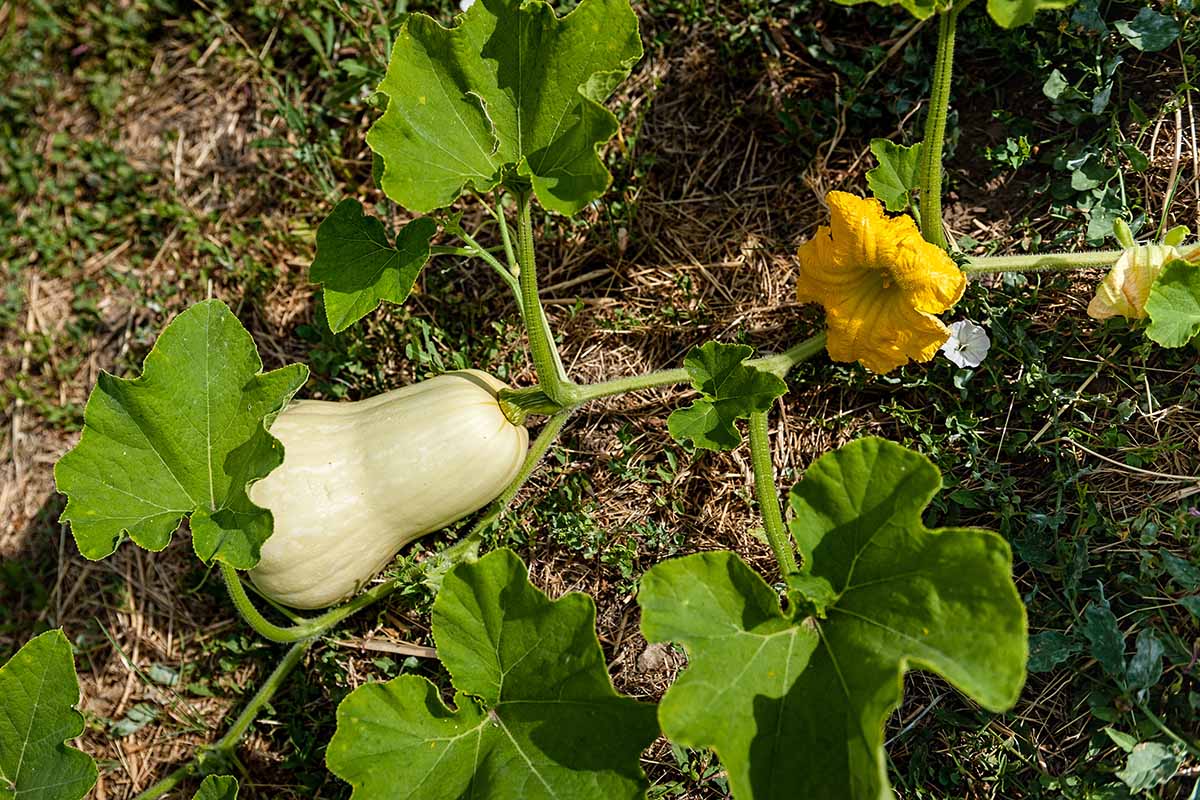
You’ve got an choice of utilizing summer season or winter squash.
Understand that summer season squashes are likely to develop extra bushy than vine-like, so they might not make the most effective floor cowl. Burpee sells quite a lot of heirloom and hybrid seed packets.
The squash ought to sprout in a couple of week’s time. Because the squash crops develop, they are going to naturally unfold throughout the bottom.
You may information them in direction of the open areas between the mounds, making certain they cowl the bottom beneath and across the corn and bean crops.
You may help by utilizing your arms to softly raise and information the squash vines within the route you need them to develop.
Watch out to not break or injury the vines whereas doing this. You can too practice the vines to increase towards the open areas by gently bending or coaxing them in that route.
You can too use small stakes or twine to softly safe the vines within the desired path. Nevertheless, like with the pole beans, you possibly can let this course of occur naturally as nicely.
Discover extra details about rising wholesome squash crops right here.
Harvest
Let’s discuss harvesting!
Corn is greatest in autumn when the silk is dry and darkish brown.
For beans, choose them contemporary when pods are agency, usually within the late morning after the nighttime dew has dried. You can too let beans dry on the vine for later use.
As for squash, summer season squash could be harvested when it’s small or bigger, relying in your desire and the really helpful variety of days to maturity.
Winter squash must be picked when the pores and skin hardens within the autumn, however watch out to not injury the stem to forestall rot in storage.
Three Sisters Gardening: A Custom
Cultivating a 3 sisters backyard isn’t solely a journey into sustainable gardening, but additionally an immersion right into a profound Native American custom that has sustained communities for hundreds of years.
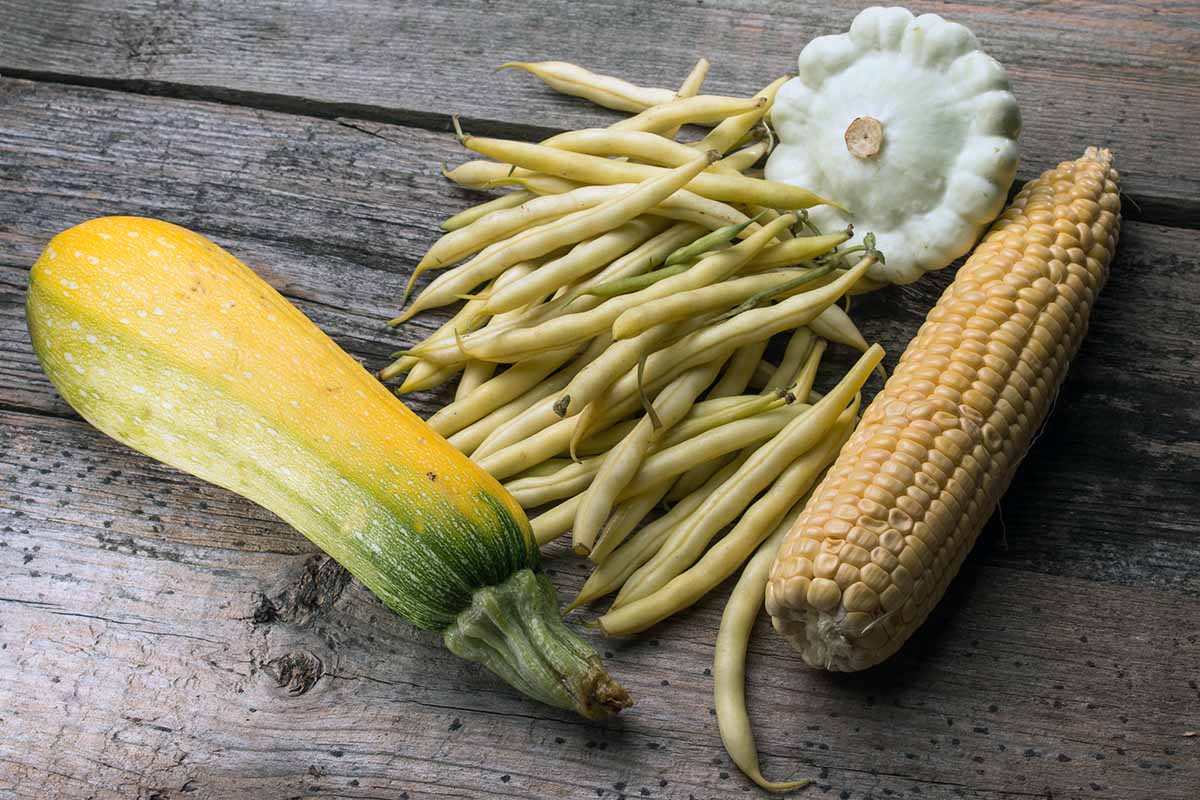
This methodology embodies the wonder and concord amongst well-suited companions, corn, beans, and squash, the place every crop performs a novel and important function.
Whereas the corn stands tall, the beans enrich the soil, and the squash blankets the earth. Collectively, they weave a narrative of interdependence, resilience, and abundance within the backyard.
So, whether or not you’re a seasoned gardener or simply beginning, contemplate embracing this gardening method for a bountiful and sustainable harvest that transcends generations and cultures.
Have you ever tried three sisters gardening in your personal yard? Please share your insights and tales within the feedback under. We’d love to listen to from you!
To be taught much more about rising greens, take a look at these articles subsequent:
